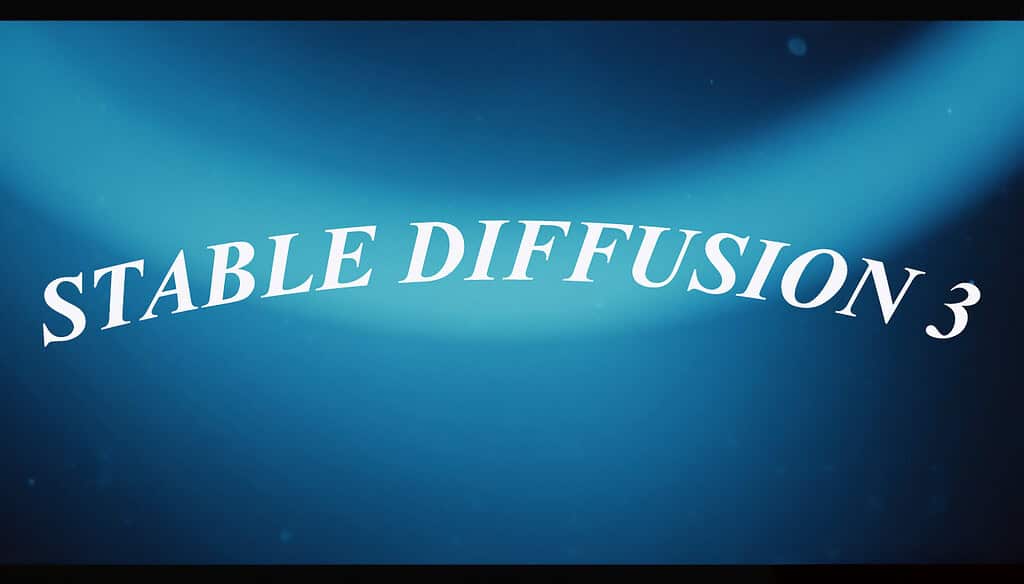Table of Contents
Stable Diffusion 3 AI
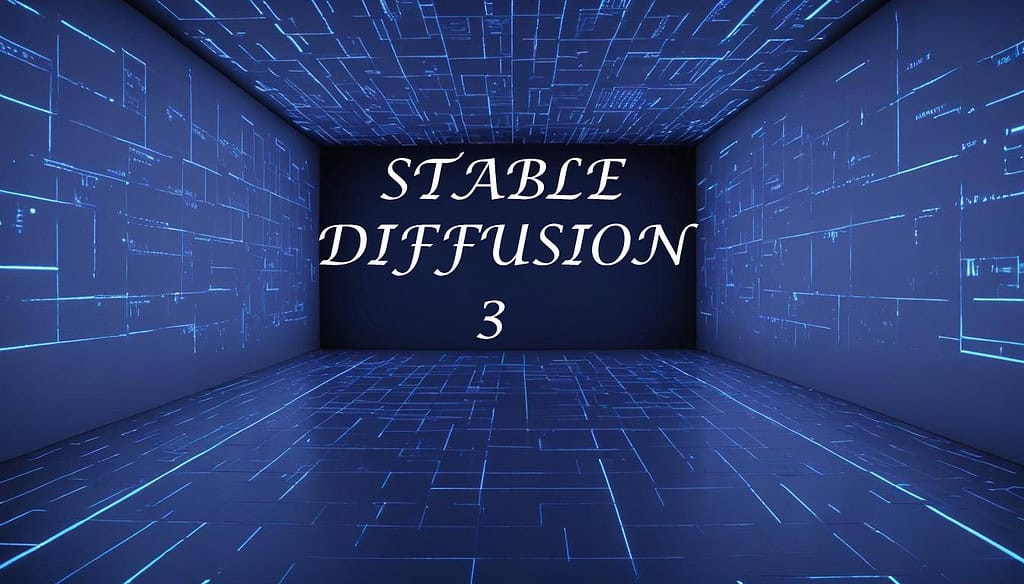
Stable Diffusion 3 AI represents the latest iteration of the renowned generative AI model, Stability AI, distinguished by its proficiency in generating high-quality images from textual prompts. This updated version of Stable Diffusion introduces significant enhancements in terms of realism, control, and adaptability. Drawing upon the advancements of its predecessors, Stable Diffusion 3 AI refines the process of transforming natural language into visually captivating images. It employs latent diffusion techniques to provide users with a tool that not only excels in artistic creation but also finds utility in a variety of practical domains, including design, advertising, and entertainment.
A principal feature of Stable Diffusion 3 AI is its augmented capacity to interpret and produce images from complex textual inputs. Trained on an expanded and more diverse dataset, this AI image generator is capable of capturing nuanced aspects of language, thereby generating images that more accurately reflect user intentions. For example, it has been refined to better understand specific requests concerning style, composition, and lighting, thereby offering users greater control over the generated outputs.
Furthermore, the model has been optimized for handling both inpainting and outpainting tasks. Inpainting involves the restoration of missing or altered segments within an image, whereas outpainting extends the image beyond its original boundaries. Stable Diffusion 3 AI has been meticulously refined in these areas, facilitating easier modifications to existing images or the creation of entirely new scenes that seamlessly integrate with the original content.
In addition to its technical prowess, Stable Diffusion 3 AI upholds Stability AI’s commitment to open-source accessibility. This policy enables developers, artists, and researchers to utilize the model, experiment with its capabilities, and contribute to its ongoing enhancement. The open-source framework encourages a collaborative environment conducive to innovation, ensuring the model’s continuous evolution and improvement.
The enhancements in speed and performance have also rendered Stable Diffusion 3 AI more accessible to a broader audience. Users can now generate high-quality images at a faster pace, a feature particularly advantageous for creative professionals navigating stringent deadlines. With its amalgamation of advanced features, open-source philosophy, and user-friendly interface, Stable Diffusion 3 AI signifies a significant advancement in the realm of AI-driven image generation.
Stable Diffusion 3 AI and Its Competitors
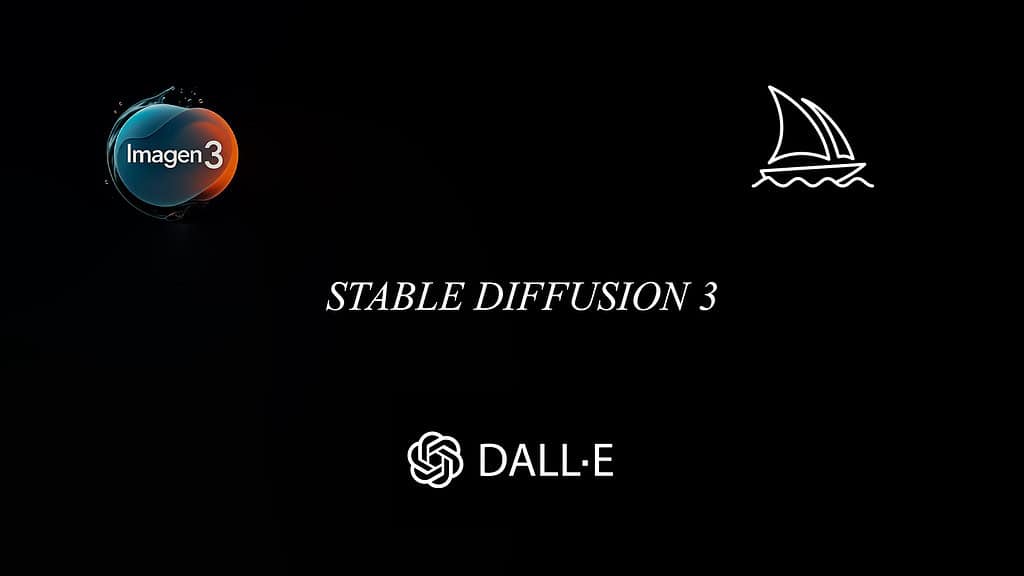
The realm of AI-powered image creation has seen a swift transformation, with numerous models vying for supremacy. Among these, Stable Diffusion 3 AI emerges as a powerful tool that combines adaptability with the ability to be controlled by users. However, it faces intense competition from other cutting-edge models, each boasting unique strengths.
Stable Diffusion 3 AI is distinguished by its prowess in producing high-quality, customizable images from textual inputs. It grants users precise control over aspects such as aesthetics, lighting, and arrangement, making it a preferred option for those who demand accuracy. The model also features advanced functionalities like inpainting and outpainting, allowing for smooth modifications or additions to images. Its open-source status enhances its appeal, enabling developers and creators to explore, refine, and expand upon its features.
On the other hand, DALL-E 3 by OpenAI is celebrated for its remarkable ability to generate highly imaginative and creative visuals from complex textual inputs. While Stable Diffusion 3 AI prioritizes control and precision, DALL-E 3 excels in artistic versatility. DALL-E 3’s outputs often lean towards more surreal or abstract interpretations, making it a favored choice for those in search of highly imaginative or visually striking images. However, its proprietary status restricts its accessibility for developers aiming to customize or enhance the model.
MidJourney, another leading contender, is highly regarded for its artistic excellence and aesthetic appeal. The images produced by MidJourney often exhibit a dreamlike, painterly quality, which is particularly attractive to artists and designers. Although it may not offer the same degree of control or realism as Stable Diffusion 3 AI, MidJourney’s strength is in its capacity to generate visually stunning and distinctive images that stir strong emotions.
Google’s Imagen, in competition with a focus on photorealism, is recognized for its detailed textures and lifelike compositions. It is a strong contender in areas where accuracy and realism are crucial, with its outputs being more grounded, making it suitable for applications requiring photorealistic visuals. However, its proprietary status limits its accessibility, especially in open-source or community-driven settings.
Each model—whether it’s Stable Diffusion 3 AI, DALL-E 3, MidJourney, or Imagen—serves a unique creative purpose. Stable Diffusion 3 AI is distinguished by its equilibrium of user control, quality, and adaptability, while the others excel in specific areas like artistic liberty or photorealism. This diversity offers users a broad selection of options tailored to their specific needs.
Next, in 6 points, we are going to review the Stable Diffusion 3 AI.
1. Enhance Image Quality
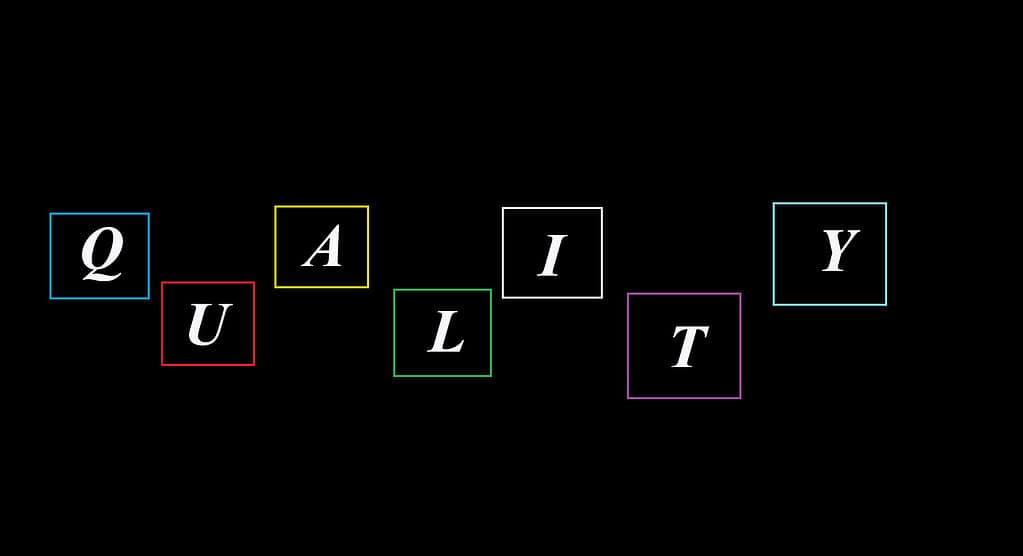
The latest version of Stable Diffusion 3 AI represents a significant advancement in the quality of its image generation capabilities, distinguishing itself as a more sophisticated and capable tool for producing both artistic and realistic images. A key highlight is its enhanced ability to produce images with much higher resolution, detail, and clarity.
This model is particularly adept at crafting intricate visual textures, ranging from complex patterns to delicate lighting effects, resulting in images that seem more refined and professional. This enhancement is particularly noticeable in the way Stable Diffusion 3 AI manages gradients, shadows, and detailed designs, making the images appear not only more realistic but also more visually appealing.
A crucial element of this improved image quality is the reduction in visual artifacts and unwanted visual noise seen in earlier versions. Stable Diffusion 3 AI is more successful at creating smooth transitions and balanced compositions, providing outputs that require less post-processing and refinement. This precision in image generation enables cleaner visuals, which is especially advantageous for professionals in areas such as digital art, graphic design, and media production. The stability of the generated images has also seen an improvement, allowing the model to consistently render complex scenes with multiple elements while maintaining the overall coherence of the image.
Moreover, Stable Diffusion 3 AI’s ability to generate detailed images is not limited to photorealism but also extends to a variety of stylized or creative outputs. Whether it’s for fantasy art, surreal visuals, or abstract designs, the model can accommodate a wide range of aesthetics while preserving high fidelity. This versatility, coupled with the improved quality of textures and depth, enables artists to explore a wider spectrum of styles without compromising on detail or sharpness. Stable Diffusion 3 AI can also effectively handle intricate details in settings such as nature scenes, architectural visuals, and complex backgrounds, bringing them to life with unparalleled realism.
In conclusion, the significant improvement in image quality of Stable Diffusion 3 AI positions it as an invaluable resource for anyone aiming to create visually striking and complex imagery. Its advancements make it an excellent choice for both professionals and amateurs seeking a model that strikes a balance between creativity and precision.
2. Improved Control Over Prompts
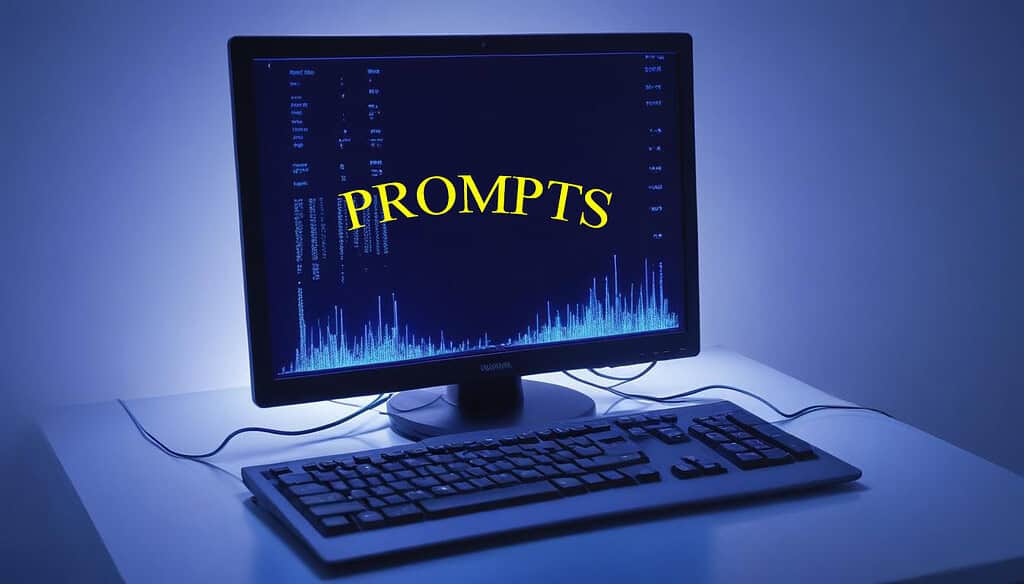
The latest version of Stable Diffusion 3 AI introduces a significant upgrade in the way it allows users to manage and direct the generation of images using prompts. Compared to its predecessors, this new iteration offers improved precision and control, making it easier for users to guide the image creation process with exactitude. This upgrade has significantly enhanced the model’s understanding of complex, detailed prompts, enabling it to produce outputs that are more specific and nuanced. This makes it an invaluable tool for creators, including artists, designers, and other imaginative professionals who require precise control over their image outputs.
A key feature that distinguishes Stable Diffusion 3 AI is its enhanced ability to grasp and incorporate contextual details within prompts. For instance, when tasked with creating scenes with numerous objects or intricate compositions, the model now more effectively manages the interplay between elements. It can discern which aspects of the prompt demand emphasis and which should be considered secondary, leading to more balanced and coherent images. This is particularly beneficial for the creation of artistic pieces or specific visual narratives where the precise placement of small details or the choice of specific visual elements is essential to convey the intended message or aesthetic.
Furthermore, Stable Diffusion 3 AI facilitates a more profound level of personalization by reacting more dynamically to modifiers and style descriptions. Users can now specify details such as lighting conditions, artistic styles, or emotional tones, and the model is more apt to generate images that match these detailed preferences. This increased level of control fosters greater experimentation and exploration within the image generation process, resulting in a more efficient workflow. Users find themselves spending less time adjusting and refining their outputs to meet their requirements.
Additionally, Stable Diffusion 3 AI excels in its ability to interpret and execute longer and more intricate prompts without veering off from the user’s original intent. Previous versions often struggled with lengthy instructions, leading to outputs that were either oversimplified or overly abstract. However, Stable Diffusion 3 AI has shown improvement in this aspect, ensuring that the outputs remain faithful to the user’s creative vision, even with detailed and layered prompts. This boosts the user’s confidence in the system’s capability to produce images that accurately reflect their creative vision.
3. Better Handling of Faces and Text

The latest version of Stable Diffusion 3 AI has achieved impressive progress in two key areas of AI image creation – generating human faces and text, areas that were previously challenging for its predecessors. A key achievement is the model’s enhanced ability to produce faces that look more natural and proportionate, marking a significant improvement from the past when facial features often looked distorted or artificial.
Stable Diffusion 3 AI now achieves a much higher level of accuracy in depicting human emotions, facial balance, and details such as hair type and skin shades. This increased precision is crucial for artists and designers who need high-quality face creation, simplifying the task of making realistic faces that add to the realism of their projects.
In addition to faces, the model’s performance in text within images has also seen notable enhancements. Previous versions often struggled with accurately displaying text, leading to messy or nonsensical lettering. However, Stable Diffusion 3 AI has improved significantly in producing text that is both clear and coherent. Whether it’s incorporating text into signs, logos, or other visual elements, the model can now manage the complexities of various fonts, letter spacing, and alignment with greater reliability. This improvement is particularly beneficial for tasks such as poster design, advertising, or any image that requires text integration.
These advancements in both facial and text generation have made Stable Diffusion 3 AI a more versatile and dependable tool. It is now capable of tackling complex compositions that demand high-quality human representation and clear, readable text, opening up new possibilities for creative uses. These developments have also reduced the need for extensive post-editing, making the process of generating images more efficient and accessible for users across different disciplines.
4. Advanced Inpainting and Editing

Stable Diffusion 3 AI presents notable advancements in the realm of inpainting and image editing, establishing itself as a formidable resource for individuals seeking to alter or enhance specific areas of an image while preserving the overall integrity of the composition. Inpainting involves the modification or completion of absent sections of an image, and Stable Diffusion 3 AI excels in this domain by integrating alterations seamlessly with the surrounding elements.
Whether the objective is to eliminate an undesirable object, modify particular features, or incorporate new elements into an existing image, Stable Diffusion 3 AI guarantees that the modifications are cohesive and appear natural. This high degree of accuracy minimizes the likelihood of conspicuous edits or discrepancies, facilitating the creation of refined, professional outcomes.
The sophisticated inpainting functionalities of Stable Diffusion 3 AI also encompass intricate edits, such as modifying facial expressions, changing backgrounds, or adding new objects to a scene. The model is adept at interpreting the context of the image and executing adjustments that align with the lighting, texture, and perspective, ensuring that the final product is harmonious. For instance, if there is a need to alter a character’s facial expression or reposition an object, Stable Diffusion 3 AI manages these modifications fluidly, avoiding any visual inconsistencies.
Moreover, the model’s editing capabilities provide enhanced flexibility for making iterative changes to an image. Users can explore various alterations with the assurance that Stable Diffusion 3 AI will uphold the overall quality and coherence of the image. This makes it an invaluable asset not only for artists and designers but also for sectors such as marketing, media, and other industries where visual content requires frequent updates or customization. With its capacity to deliver high-quality edits with minimal effort, Stable Diffusion 3 AI significantly improves creative workflows and expands the potential for image manipulation.
5. Resource Intensive
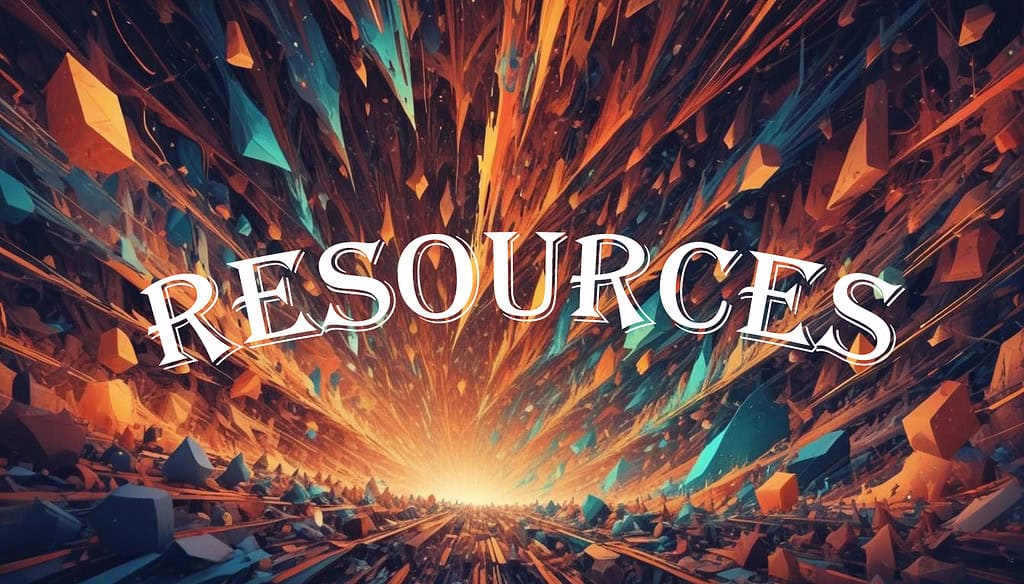
Stable Diffusion 3 AI presents remarkable advancements in image generation; however, it is accompanied by a significant drawback: its high resource consumption. The model’s improved features, including superior image quality, enhanced prompt control, and sophisticated inpainting, necessitate considerably more computational resources compared to earlier iterations. Users often find that Stable Diffusion 3 AI requires access to advanced hardware, particularly powerful GPUs with sufficient VRAM, to operate effectively. For individuals lacking such equipment, the process of generating intricate or high-resolution images can become laborious or even unfeasible, especially when dealing with multiple iterations or extensive projects.
This heightened demand for resources implies that those without access to robust hardware may need to turn to cloud-based solutions or third-party services to fully leverage the capabilities of Stable Diffusion 3 AI. Although cloud services can offer the requisite computational power, they frequently entail additional expenses, which could be a constraint for hobbyists or smaller studios. Consequently, this shift towards more demanding hardware requirements may create barriers to entry, rendering the model less accessible to users with limited technical resources.
Moreover, the increased resource usage can result in prolonged processing times for image generation or editing tasks. This slowdown can hinder workflows, particularly for users facing tight deadlines or needing quick iterations. Therefore, while Stable Diffusion 3 AI is proficient in producing high-quality, detailed outputs, users must consider the balance between its formidable capabilities and the substantial hardware requirements essential for its efficient operation.
In summary, the resource-intensive characteristics of Stable Diffusion 3 AI may restrict its usability for certain users; however, for those equipped with the appropriate technology, the outcomes justify the investment. Its performance is exceptional when backed by powerful computing resources, establishing it as a premier tool for professional and large-scale endeavors.
6. Pros and Cons
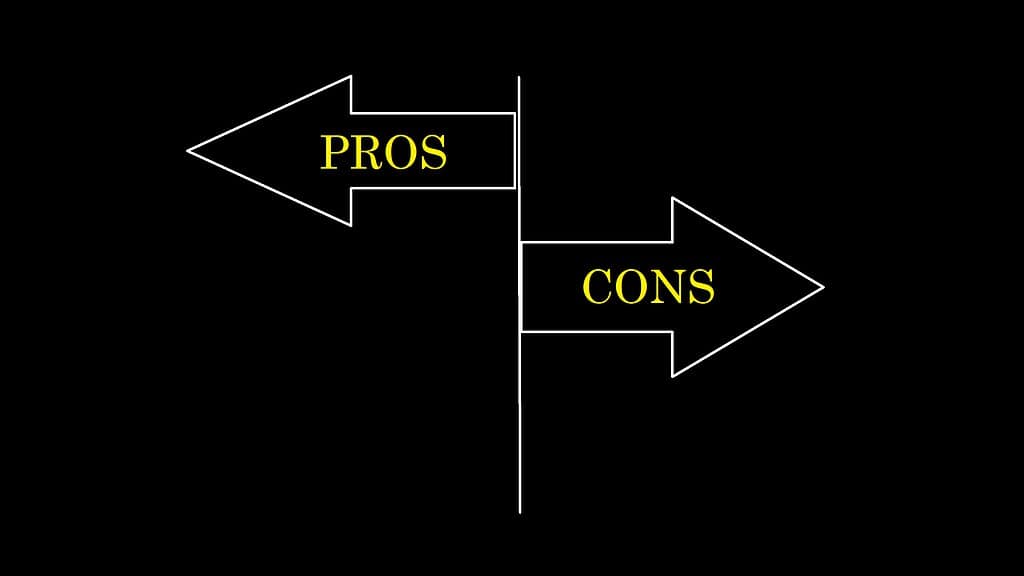
Pros
- Improved image quality: Stable Diffusion 3 AI Delivers sharper, more detailed images with fewer artifacts, enhancing both realistic and artistic outputs.
- Better prompt control: It allows users to create more precise and nuanced images, understanding complex prompts more effectively.
- Enhanced facial and text rendering: It produces more realistic faces and legible text, reducing distortions common in earlier versions.
- Advanced inpainting: It edits specific areas of an image seamlessly, making it easier to modify or enhance parts without disrupting the whole.
- Versatile artistic styles: Stable Diffusion 3 AI is capable of generating various artistic or photorealistic styles, making it suitable for a wide range of creative applications.
Cons
- Resource-intensive: As mentioned before, Stable Diffusion 3 AI requires high-end hardware or cloud services for optimal performance, which may limit access for some users.
- Slower processing times: Using this AI image generator, complex or high-resolution image generation can take longer, impacting workflow speed.
- High hardware requirements: Stable Diffusion 3 AI requires powerful GPUs with substantial VRAM, making it less feasible for users with standard setups.
- Costly cloud solutions: For those without the necessary hardware, cloud-based options add recurring costs.
- Learning curve: The advanced features and fine-tuning options of the Stable Diffusion 3 AI can be overwhelming for beginners or casual users.
*This article is for informational purposes only. Do not make your decision based solely on the information provided in this article. Do your own research.
Read More Tech Articles
- Samsung Galaxy C55: A Charming and Stylish Smartphone
- Samsung Galaxy F55 Review: Catchy, Fancy, and Fascinating
- Samsung Galaxy M34: A Capable and Pragmatic Smartphone
- Samsung Galaxy M55: Budget Friendly with Lots of Features
- Samsung Galaxy M35 Review: Economical and Efficient
- Samsung Galaxy Z Flip 6 Review: Flashy, Flamboyant and Fluid
- Samsung Galaxy Z Fold 6: Fascinating With Flair and Finesse
- Apple iPhone 15 Pro Review: Savvy With Grace and Flair
- Apple iPhone 15 Pro Max Review: The Best iPhone Till Date
- Top 5 Samsung Smartphones 2024: Alluring and Vivid
- Samsung Galaxy S24 Ultra Review: A Device With Style & Smug
- Top 8 Smartphones in 2024 That You Should Take A Note Of
- Top 5 Affordable Laptops in 2024 (Under $500): Practicality with Features
- Lenovo ThinkBook Plus Gen 5: Disrupting The Tech World
- Top 5 Budget Laptops in 2024 (Under $1000): Value For Money With Utility
- Top 5 Tablets in 2024: Powerful Machines with Performance & Agility

